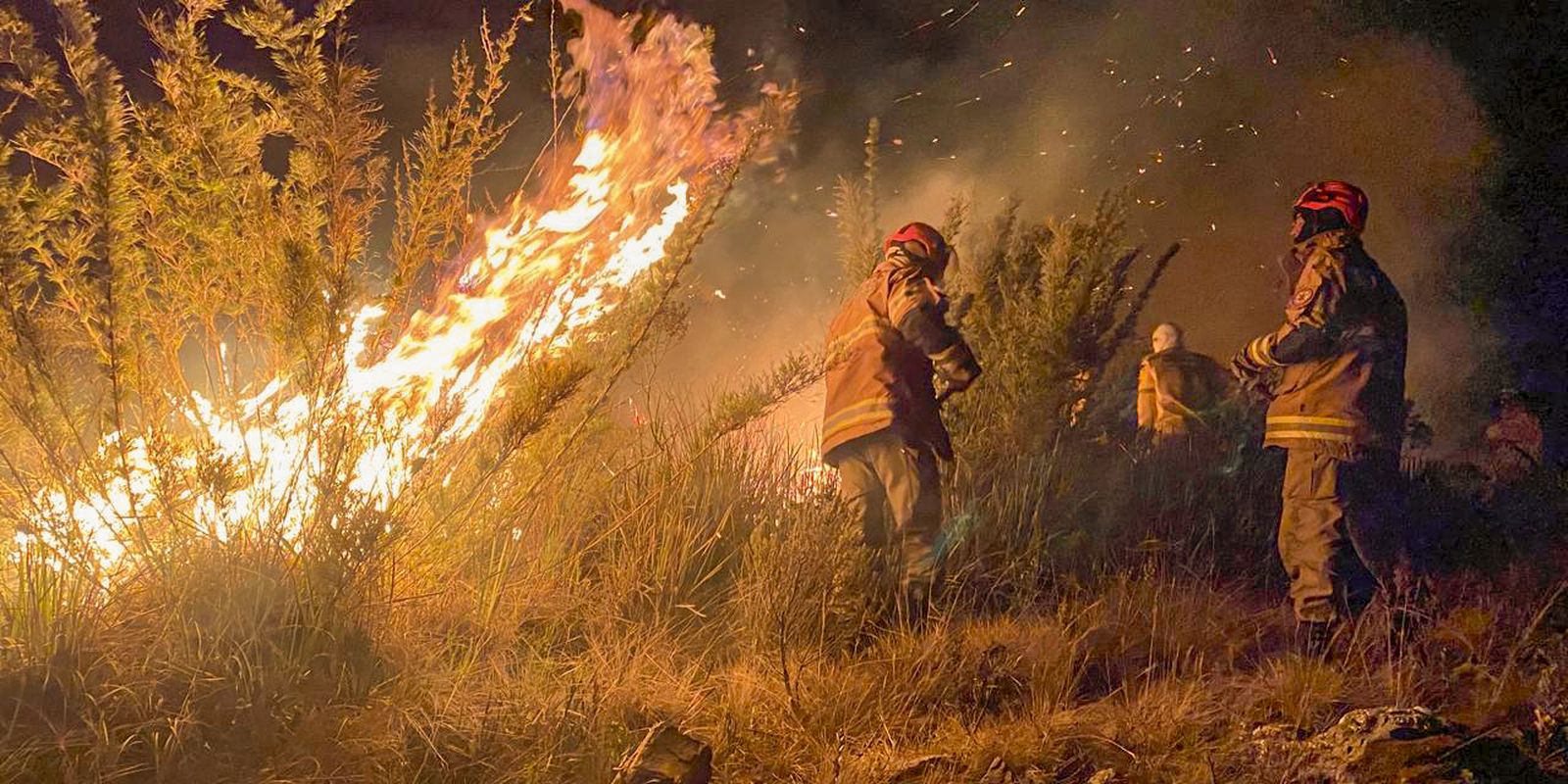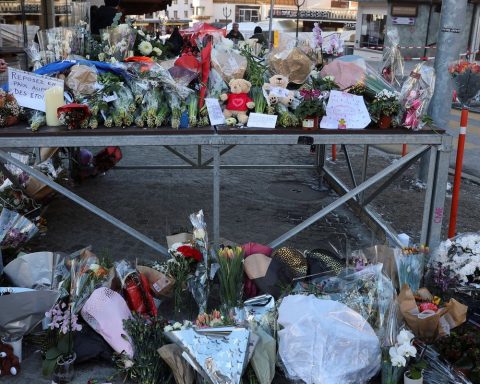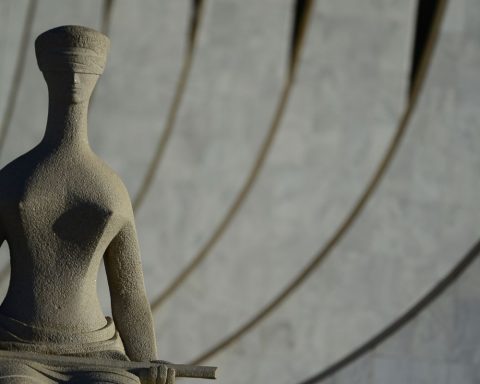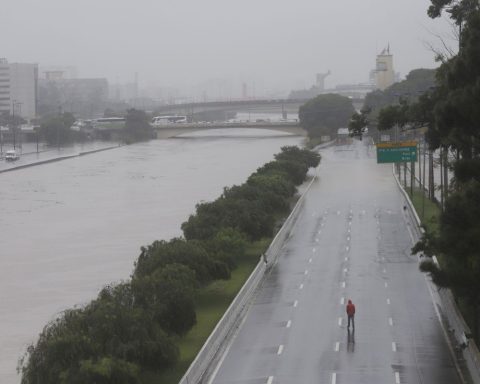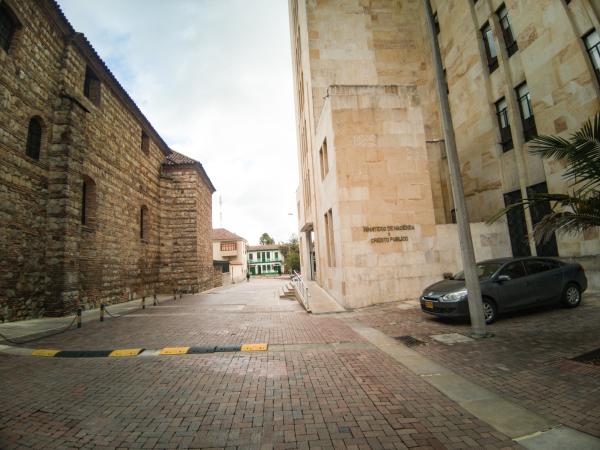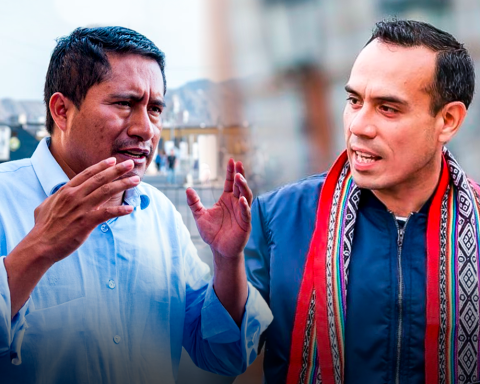Since the beginning of 2024, satellite monitoring carried out by the National Institute for Space Research (INPE) has detected 760 fire outbreaks in the state of Rio de Janeiro. This is the highest number of occurrences ever recorded in a single year since 2017, when there were 959 records. It is a record that could still be surpassed, since September and October are months with a high historical average of forest fires.
This is the highest number recorded for the month since 2010, when there were 355 occurrences. In September, Inpe has already identified 55 forest fires within the state.
Two weeks ago, the Rio de Janeiro Fire Department already had warned of significant growth of fires in the state since the beginning of the year. The corporation had reported having attended to 6,178 more incidents than in the same period last year, an increase of around 85%. The municipalities of Rio de Janeiro (4,513), São Gonçalo (569) and Duque de Caxias (561) are at the top of the ranking of the most affected, followed by Maricá, Nova Iguaçu, Niterói, Araruama, Nova Friburgo, Campos dos Goytacazes and Volta Redonda.
Excessive fires in Brazil have resulted in a drop in air quality in several regions, generating health concerns of the populations. In recent days, images have gone viral on social media showing landscapes covered in smoke in some capitals, such as Brasilia, São Paulo and Belo Horizonte.
Experts have pointed out that the ecosystems become more vulnerable to fires in times of drought, such as the one the country is facing. This scenario may be influenced by different factors, such as global warming driven by human action and the effects of the El Niño climate phenomenon, followed by La Niña.
But although the dry climate makes forested areas more susceptible to fires, the origin of these fires is often criminal. There are already investigations underway in several parts of the country that are finding evidence that reinforces this possibility. Arrests have already been made in recent days, for example, in the states of São Paulo and Goiás.
Air quality
In some cities in the interior of the state of Rio de Janeiro, landscapes covered in smoke also shocked residents. This occurred, for example, in the mountainous region, where cities such as Petrópolis and Teresópolis are located. But the latest bulletin from the State Environmental Institute (INEA), released at 5 pm this Monday (9), suggests an improvement. “The trend is for the pollutants to disperse in the next 24 hours,” the document states.
According to the bulletin, 28 of the 57 stations spread across the municipalities of Rio de Janeiro recorded good air quality. In another 26, the situation was moderate and in three, it was poor. None of the stations reported a very bad or terrible scenario.
The worst conditions were recorded at Manguinhos station, in the state capital; at Casa da Lua station, in Resende (RJ); and at Engenheiro Pedreira station, in Japeri (RJ). In these locations, the air quality was classified as poor. In this situation, the entire population is subject to a set of symptoms such as dry cough, fatigue and burning in the eyes, nose and throat.
Children, the elderly and people with respiratory or cardiac diseases may be more affected.
In dry climates and with high levels of smoke in the atmosphere, the Ministry of Health recommends drinking more water and other liquids, staying indoors for longer periods of time, if possible, with air conditioning or air purifiers, and stopping outdoor physical activities, especially between 12 pm and 4 pm, when ozone concentrations are highest. The use of surgical masks, cloth masks, scarves or bandanas to reduce exposure to coarse particles is also recommended, especially for populations living near areas where fires are burning.
